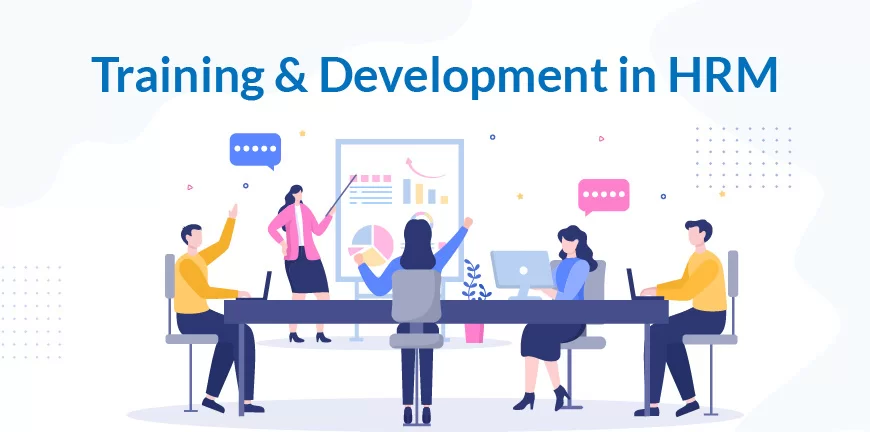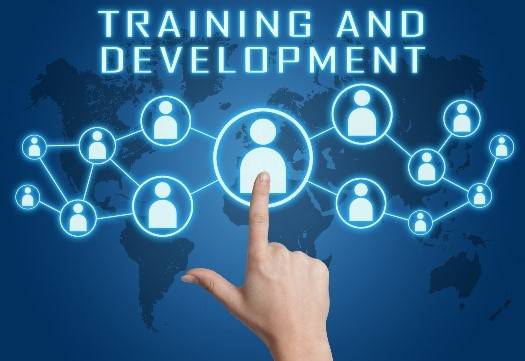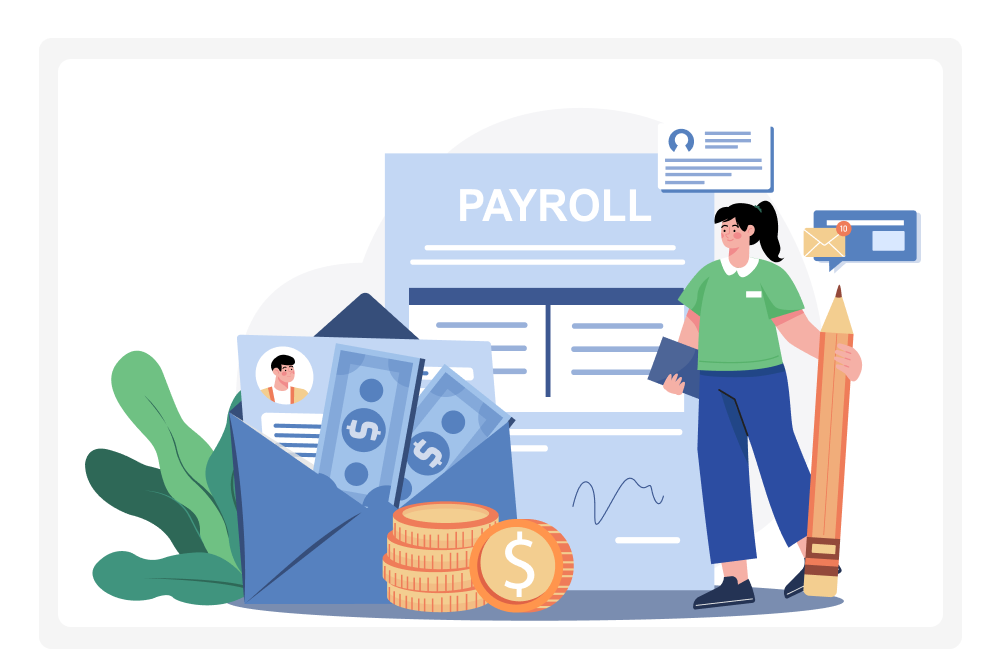
Keeping up with changing industry demands while developing a workforce that can drive growth is a crucial challenge for organizations in today's fast-paced business environment. Training modules that are traditional no longer work. Businesses require employee training programs that smoothly fit their particular objectives, culture, and challenges. We at EDPS have established a solid reputation for creating organizational development plans that do more than simply tick boxes; they evolve teams, improve output, and promote long-term success.
Why Customization Matters in Employee training
Consider a retail business that is having trouble with a high employee turnover rate. Interactions might be momentarily improved by a general customer service workshop, but what if the underlying problem is unclear role expectations or inconsistent leadership? Or consider a tech startup where engineers are excellent programmers but struggle to work with others, which delays projects. These are real-world situations that we deal with on a daily basis, not hypotheticals.
When employee training focuses on your problems rather than general industry trends, it becomes effective. The first question EDPS poses is: What special needs does your organization have? Is it adjusting to new technologies, enhancing communication, or filling in skill gaps? By emphasizing specificity, we guarantee that training is transformative rather than merely educational.
The EDPS Blueprint: From Assessment to Action
Step 1: Listening Before Teaching
We fully immerse ourselves in your organization before creating any programs. We find gaps in processes, communication, or skills through data analysis, shadowing, and interviews. For instance, we were once contacted by a healthcare client who was worried about patient satisfaction. Frontline staff felt overburdened by administrative duties, leaving little energy for patient care, according to our discovery phase. The answer? an EDPS training course that improved empathy-building methods and expedited processes.
However, our analysis is more thorough. We examine the long-term goals, values, and mission of your business. Are you getting ready for a merger? Entering new markets? Introducing a product? Every situation necessitates a unique training perspective. We evaluated both regulatory knowledge gaps and cross-cultural communication barriers for a fintech company considering international expansion. As a result, teams were prepared to negotiate with foreign partners while staying compliant due to the program.
Step 2: Designing with Flexibility
The failure of cookie-cutter courses can be attributed to their disregard for organizational culture. While a traditional manufacturing company might favor structured modules, a startup with a flat hierarchy might flourish in collaborative workshops. EDPS adapts delivery strategies to your team's pace, such as peer mentoring, microlearning, or interactive simulations.
Consider, for example, hybrid work environments. Disengaged remote workers were a problem for a financial services company. In order to restore team cohesion, we created a hybrid program that combines in-person strategy sessions with virtual reality (VR) role-playing for soft skills. While onsite workshops concentrated on bringing everyone into line with the company's post-pandemic goals, the VR component enabled remote staff to rehearse client negotiations in realistic scenarios.
Step 3: Measuring What Matters
Completion rates are not the only measure of success. We monitor changes in productivity, morale, and behavior. Following the launch of a logistics company's leadership development program, we tracked personal feedback in addition to KPIs. A 30% decrease in departmental conflicts resulted from managers reporting feeling "heard" for the first time.
However, measuring is a continuous process. Continuous feedback loops are embedded by EDPS. We employed post-training pulse surveys for a retail client to measure confidence in managing customer complaints. We implemented refresher courses on de-escalation strategies when scores plateaued. Resolution times decreased by 40% over the course of six months, and customer retention increased by 15%.
Bridging Individual Growth and Organizational development
Focusing only on specific skills without connecting them to more general business goals is a common mistake made when training employees. By matching each module to your business's strategic vision, EDPS helps you avoid this. For example, language classes by themselves won't be enough if your objective is to enter Asian markets. We would incorporate crisis management simulations that are specific to local issues, negotiation strategies for regional business norms, and cultural competency training.
Real-World Applications: Stories from the Field
Though we steer clear of official case studies, take a look at these anonymous snippets of EDPS training in action:
- A Hospitality Chain’s Turnaround: We worked with a hotel group that was having trouble with bad internet reviews to improve their guest relations strategy. Staff members received training in emotional intelligence and real-time problem-solving techniques in place of pre-written answers. Their average rating increased from 3.2 to 4.7 stars in just six months.
- Scaling a Family-Owned Business: A manufacturing company that had been in business for decades encountered difficulties as it grew. To ensure smooth transitions between leadership generations, we created a program that combines the transfer of legacy knowledge with modern project management tools.
- Tech Startups and Soft Skills: Thirty percent of deals stalled after a demo at a SaaS company with talented programmers but inadequate client communication. Through the introduction of "technical storytelling" workshops, EDPS trained engineers to convert complex aspects into real-world benefits. Within a quarter, close rates increased by 50%.
The Future of Training: Agility in a Changing World
We learned from the pandemic that flexibility is essential. EDPS creates programs that are simply flexible, such as modular content and hybrid learning platforms that can adapt to changes in the market. We quickly updated a global retail client's sales training to focus on virtual relationship-building and digital negotiation when they abruptly switched to e-commerce.
We're incorporating AI-powered personalization in the future. Consider a system that selects learning paths according to an employee's role, performance history, and desired career path. This could mean that writers concentrate on generative AI tools while editors receive advanced SEO training—all within the same program—for a media company.
Conclusion: Your Organization, Transformed
Employee training ought to be a continuous process rather than a one-time occurrence. At EDPS, we collaborate with you to promote an organizational development and ongoing learning culture in addition to providing programs. Our customized approach guarantees that your team is not only prepared for the future, but is actively shaping it, regardless of whether you are a corporation seeking global dominance or a nonprofit seeking to increase community impact.
Ready to rethink training? Let’s build something extraordinary together.




